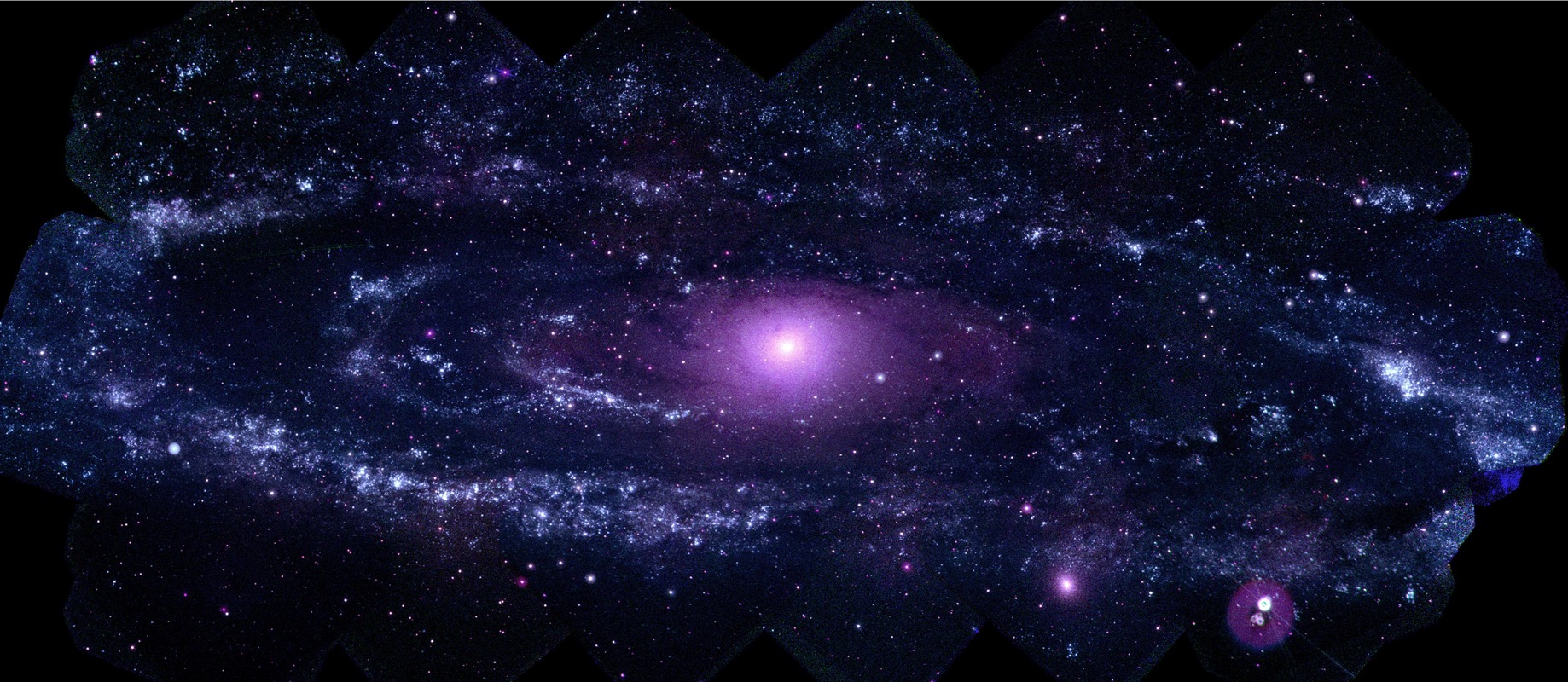NASA's gamma-ray observatory is back in action after technical glitch
NASA's Neil Gehrels Swift Observatory recovered from a reaction wheel failure that took place last month.

NASA's Neil Gehrels Swift Observatory is back to science operations as of Thursday (Feb. 17), following a glitch more than a month ago.
The nearly 18-year-old telescope suffered a failure with one of its reaction wheels on Jan. 18, forcing a temporary pivot to safe mode. Swift uses a total of six reaction wheels to autonomously point itself in the direction of possible gamma-ray bursts (GRBs), and will now operate with just five of those wheels, NASA said in an update on Friday (Feb. 18).
"The spacecraft and its three instruments are healthy and operating as expected," NASA said. "The team is monitoring the spacecraft's performance as Swift resumes its mission to study the high-energy universe," the agency added.
The fix will allow Swift to continue probing the origins of GRBs, which are incredibly energetic explosions in distant galaxies that have puzzled astronomers for decades. Swift's primary mission was set for just two years, and the spacecraft's mission has been extended on multiple occasions on the basis of its science performance and instrument health.
Related: Record-breaking gamma-ray burst captured by Fermi

NASA said the missing reaction wheel may slightly delay Swift's ability to pivot to view an event in progress. "The team expects the change will slightly delay the spacecraft's initial response time when responding to onboard gamma-ray burst triggers, but this will not impact Swift's ability to make these observations and meet its original operational requirements," the agency said on Feb. 4.
GRBs are the most energetic form of light, persisting anywhere from mere milliseconds to hours. But where these bursts come from is not well-documented.
Get the Space.com Newsletter
Breaking space news, the latest updates on rocket launches, skywatching events and more!
Possibilities include supernova explosions or collisions between the dense remnants of supernovas, which are called neutron stars. There is another possibility, too: "Evidence from recent satellites ... indicate that the energy behind a gamma-ray burst comes from the collapse of matter into a black hole," NASA added.
Astronomers classify GRBs into two types: long-duration and short-duration. "These two classes are likely created by different processes, but the end result in both cases is a brand new black hole," NASA said.
Follow Elizabeth Howell on Twitter @howellspace. Follow us on Twitter @Spacedotcom or on Facebook.
Join our Space Forums to keep talking space on the latest missions, night sky and more! And if you have a news tip, correction or comment, let us know at: community@space.com.

Elizabeth Howell (she/her), Ph.D., was a staff writer in the spaceflight channel between 2022 and 2024 specializing in Canadian space news. She was contributing writer for Space.com for 10 years from 2012 to 2024. Elizabeth's reporting includes multiple exclusives with the White House, leading world coverage about a lost-and-found space tomato on the International Space Station, witnessing five human spaceflight launches on two continents, flying parabolic, working inside a spacesuit, and participating in a simulated Mars mission. Her latest book, "Why Am I Taller?" (ECW Press, 2022) is co-written with astronaut Dave Williams.









